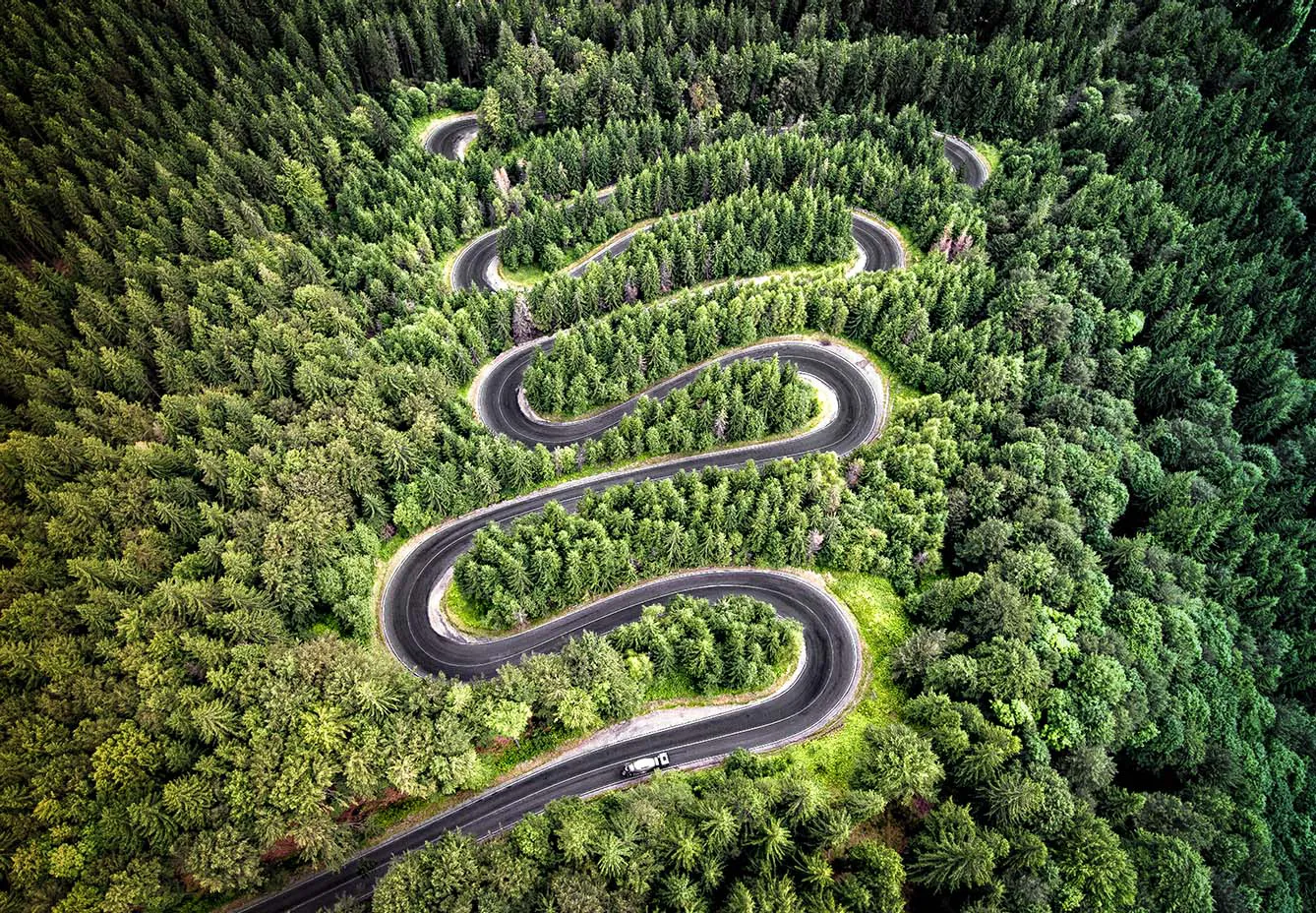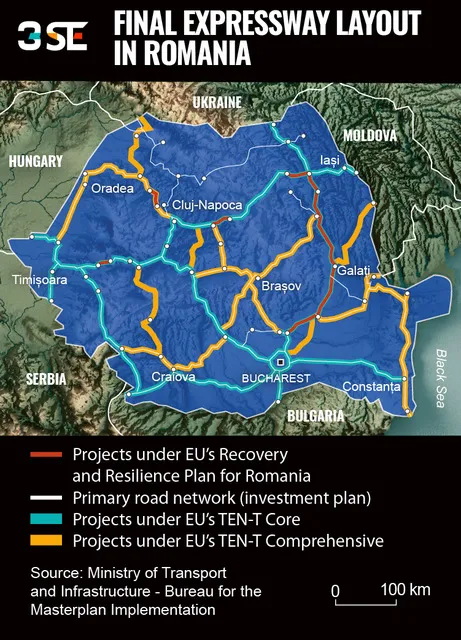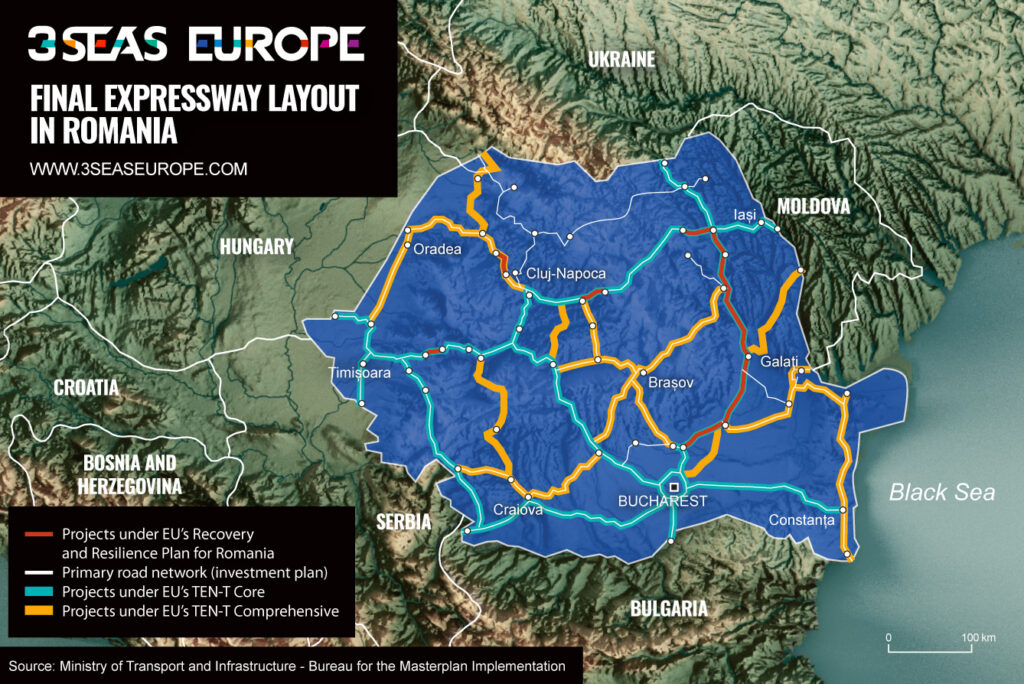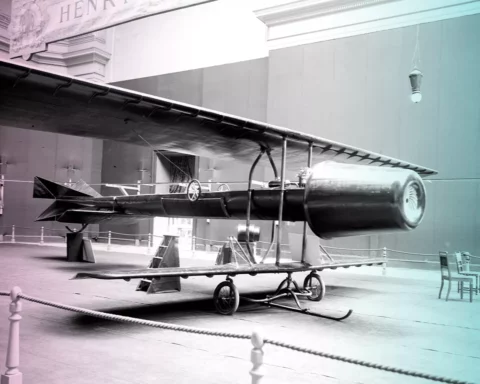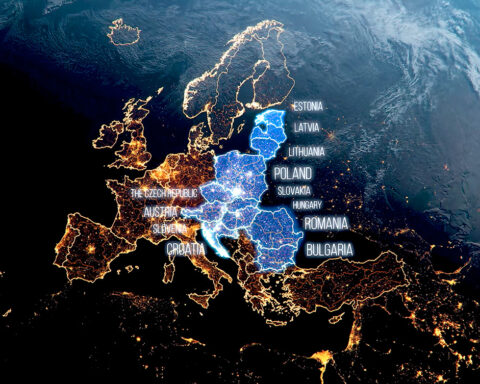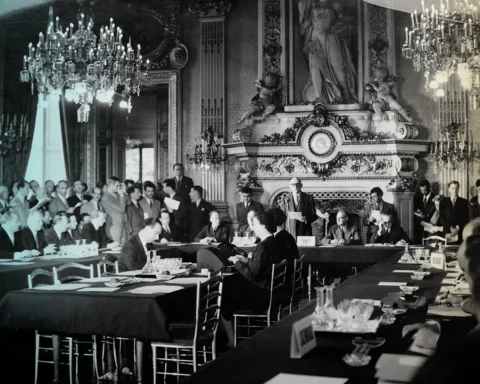With, on the one hand, King’s Road and the stunningly scenic Transfăgărășan to the highest road mortality in the EU on the other, Romania’s 100,000 km of road networks, which unevenly bridge the Danube Delta and Black Sea’s sceneries with Carpathians’ peaks, represent a complex underperforming system, one that authorities hope to update by 2026 through major investments.
In desperate need of repair
Despite the EU’s penchant for enhancing railways, the popularity of trains faded from fashion in Romania over the last few decades, where they were largely regarded as remnants of communist industrialization, especially while Bucharest was caught up in transitory processes. Today, only 700 of its 10,000 km of tracks meet EU standards. Due to near-constant route closures, maintenance, and budget issues, not to mention the EU’s slowest speeds, many people switched to vehicles for commuting. Alas, this overburdened the infrastructure, crowning cities like Bucharest at the top of global congestion.
Hence, due to cross-border transit needs, such as Via Carpathia nodes, Transylvania and Union pathways, the Black Sea ring, and the Balkan hubs, alongside foreign funding opportunities and defense requirements, Romanian leaders have attempted to rebalance infrastructure, introducing grand modernization strategies aimed at reconnecting the country with itself and the continent.
Making great strides
If we analyze CNAIR’s (National Company for Road Infrastructure Administration) datasets, we notice that these aspects have been embraced across 61 projects, found at various implementation stages (with the average opening expected by 2026), alongside 55 more at the planning level (to be drafted and approved by roughly 2025). In turn, there are 965 km of National Roads in modernization or construction, meant to link another 111 km of expressways and 612 km of highways currently under construction, with another 2.643 km of them (or Bucharest – Brussel distance) in planning procedures. Together, these amount to just over Moldova’s GDP (costing the EUR 10.74 bln budget) and, subsequently, another EUR 10.55 bln (planning costs and early budget estimates) without VAT.
Thus, by roughly 2026, Romania should renew 6% of all its National Roads (18,000 km) and almost double its current 995 km of Expressways and Highways (reaching Belgium’s levels, albeit the former is only 12% of Romania’s size), with a tenfold increase in the pace of construction for the latter two (compared to previous years’ 26-31 km/annum)
Making international connections
To function alongside these initiatives, which already integrate another three country-cutting highways, Danube bridges, city overpasses, and bypasses, etc., the strategies’ interoperability comes from adapting to current realities and developments as they creatively knit together several other national and international programs. The latter also supports these mobility needs, as just the EU’s NextGen Plans allocate EUR 2.7 bln (approximately 1/3 of Romania’s allotted total) towards major infrastructure.
This being the case, we can underline adjacent initiatives, which include doubling electric road chargers (with 13,000 others just in cities) to sustain tripling EV usage by 2026; safety and digital monitoring for 1,000 km of existing routes to halve high-risk points; updating 5,000 km of railways and even developing hydrogen-based solutions for them; expanding metro lines in Bucharest and Cluj (to be constructed) with 50 km towards multiplatform nodes; planting 645 hectares (or 65 Piața Unirii Square) of forest wall; adding 400 parking lots.
Whereas all of these seem impressive, with the median implementation rates of these projects barely reaching 20% and the famous history of implementation challenges, most people hope that this time the map’s legends will be transcended from paper and not remain just that. In the meantime, not if but when these initiatives are fully sedimented, one thing is certain: Romania should become a large regional intersection, bringing closer the Black Sea Basin, North-South Corridors, Eastern Partnership, and Western Balkans areas with EU’s core.


